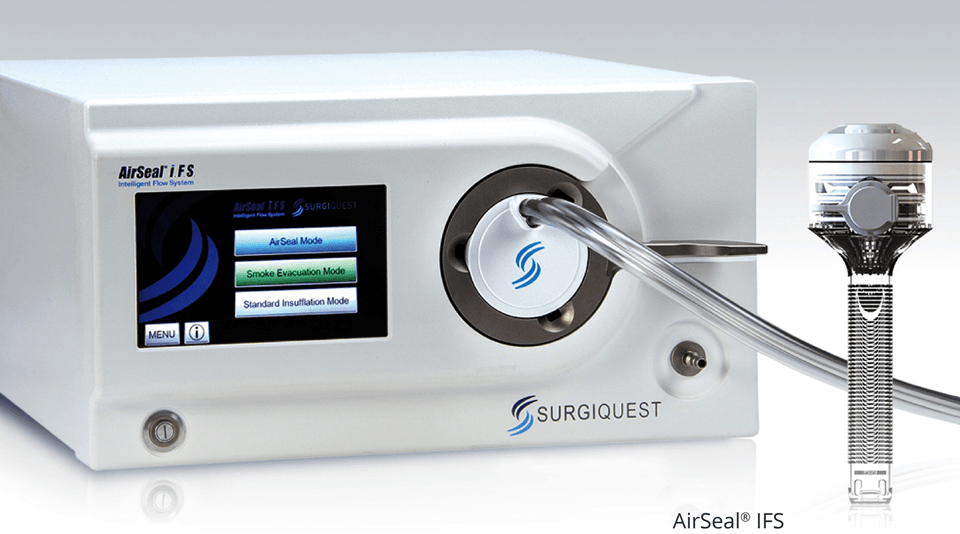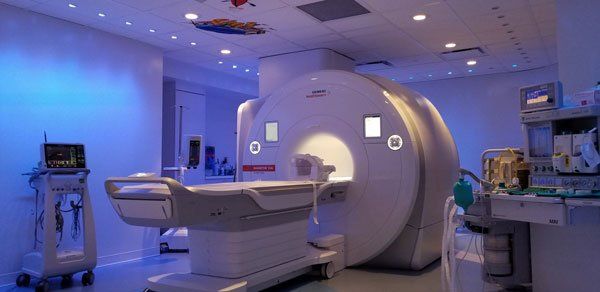Airseal and Pneumoperitoneum
Airseal for Robotic Prostatectomy
Airseal for Robotic Prostatectomy
The use of AirSeal® Technology has been shown to reduce operative times by up to 15% when compared to conventional insufflation and trocar systems.
AirSeal is an advancement over conventional insufflation for laparoscopic and robotic procedures. Instead of just pressurizing the belly, the AirSeal has a high flow system allowing air to be recirculated and cleaned continuously. The recirculation allows the air pressure to be much lower during the case, without compromising visibility.
For the human body, there are benefits to operating at lower air insufflation pressures. Laparoscopy uses CO2 to fill the belly. Most surgeons operate at 15 mmHg. Normally, your intraabdominal pressure is <5 mmHg. We use CO2 because it is Noncombustible = safe to use with electrosurgical devices. Also, CO2 has ready solubility in blood and reactivity w/ soluble buffering systems, which minimize the risk of gas emboli.
However, the CO2 buffering can cause the body to acidify. Also the increased pressure can cause cardiac arrythmias and alteration in cardiac function. Kidney blood flow can also decrease, causing the patient to produce less urine output.
Dr Kella operates with an ultra low pressure at 6 - 8 mm Hg. This is possible due to his experience and the use of AirSeal technology. He has been operating with Airseal since 2016 and has done hundreds of cases with this technology.
Studies have shown that lower pressure in robotic prostatectomy can:
1. Decrease time to discharge home. (Many patients could even be discharged home on the same day)
2. Patients are less likely to need readmission. In a published study, 30-day readmission rate was lower in the low pressure Hg group (5.7% vs 1.0%).
3. Patients had a very slight increase in blood loss during the surgery at a lower pressure.
Call 210-617-3670
messages@theUPI.com
Ready to make an appointment?
9618 Huebner Road, Suite 120
San Antonio, TX 78240
New Patient Referral Fax:
(210) 761-8851
Office Fax: (888) 316-9464
Join Our Newsletter
Join Our N
Thank you for contacting us.
We will get back to you as soon as possible.
We will get back to you as soon as possible.
Oops, there was an error sending your message.
Please try again later.
Please try again later.
Business Hours
- Mon - Fri
- -
- Sat - Sun
- Closed




